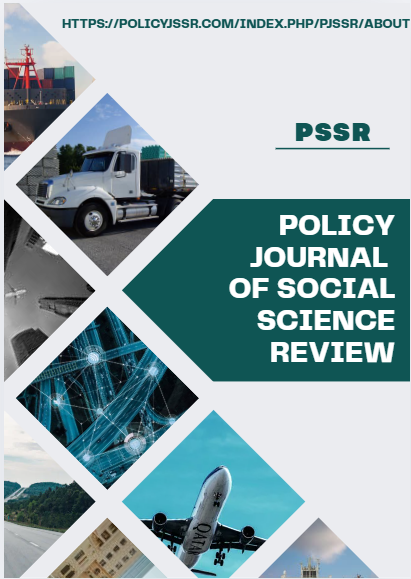Emotional Distress, Hope and Quality of Life in Couples experiencing Primary and Secondary Infertility
Abstract
Objective: The compare the level of emotional distress, hope and quality of life in couples experiencing primary and secondary infertility. It also focused on the predictors of quality of life. Study Design: Cross sectional study design was used.
Material and Method: A purposive sample of 30 couples with primary infertility between the age ranges of 25-50 years (M=32.5, SD=6.0) and 30 couples with secondary infertility between the age ranges of 25-50 years (M=34.7, SD=5.8) was taken from different infertility clinics and hospitals. Perceived Emotional Distress Inventory (EDI) for emotional distress, Trait Hope Scale for hope (THS) and Quality of Life scale (QOL-BREF) for measuring quality of life were used. These scales were translated in Urdu language and Chronbach’s alpha coefficients were computed to determine the reliability which was (α=.92, α=.90, α=94) for Perceived Emotional Distress Inventory, Trait Hope Scale, and Quality of Life Scale respectively.
Results: The results indicated that emotional distress was negatively correlate to the hope and quality of life. The results also showed that hope and quality of life were positively associated to each other. Emotional distress and demographic variables were found to be the significant predictor of the quality of life. Finally, results also showed significant group and gender differences.
Conclusion: Emotional distress, hope and quality of life significantly related to each other and hypotheses were approved. Moreover, emotional distress and hope found to be the significant predictors of quality of life.





